Optimising Automotive Drive Shafts for Speed, Reliability and Safety

Automotive drive shafts are critical for vehicle speed and reliability, transmitting high torque and rotation. They enhance safety, preventing loss of control from breakage. Essential for power transmission, alignment, vibration absorption and accommodating suspension movement, drive shafts improve vehicle operation and comfort.
Heat treatment enhances their strength and durability, with specialised alloys offering optimal performance for automotive applications.
Automotive Drive Shafts – The Key to Speed and Reliability

Cutting-edge technology to deliver greater speed and reliability is what automotive companies continuously strive for to distinguish themselves from their competitors. The key to achieving crucial advancement in speed and reliability depends on robust drive shafts transmitting high torque and rotation. Robust drive shafts also mean greater safety for drivers as a broken drive shaft can result in a loss of vehicle control.
Different Functions of Automotive Drive Shafts
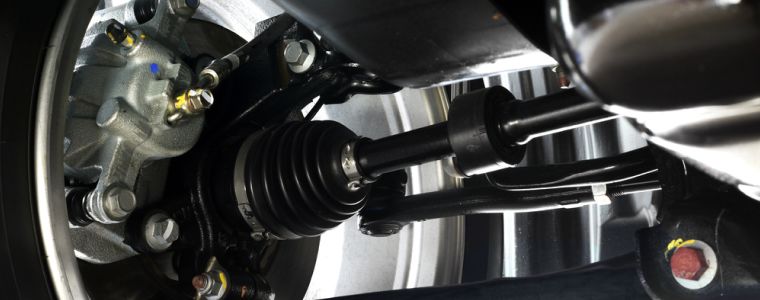
A drive shaft serves as a crucial component for various vehicles, performing four essential functions:
1. Transmit Power: One of the primary functions of a drive shaft is to transmit power generated by the engine to the wheels of the vehicle. It serves as a mechanical link between the engine and the wheels, enabling the transfer of torque and rotational energy.
2. Maintain Alignment: The drive shaft helps maintain proper alignment between the engine and the wheels, ensuring that the power is transferred efficiently without significant misalignment. This alignment is vital for smooth and controlled vehicle operation.
3. Absorb Vibrations: Drive shafts dampen and absorb vibrations generated during vehicle operation. By doing so, they contribute to a more comfortable and stable ride, reducing the impact of vibrations on the vehicle’s occupants.
4. Accommodate Suspension Movement: In many vehicles, especially those with independent suspension systems, the drive shaft must accommodate the vertical movement of the wheels. It does this while maintaining a constant power transmission, allowing each wheel to move independently without affecting overall performance.
Types of Automotive Drive Shafts
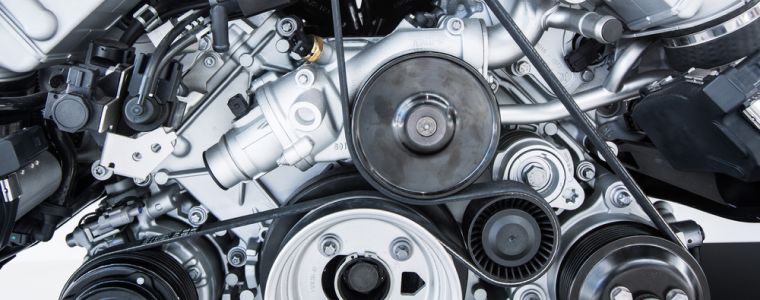
The automotive industry employs a variety of drive shaft types to ensure optimal vehicle performance and safety. These include:
One-Piece Drive Shaft:
- The one-piece drive shaft is a single, solid shaft commonly used in most passenger cars and light trucks. Its simplicity and straightforward design make it efficient for transferring power over short distances, typically in vehicles with a shorter wheelbase.
- The one-piece construction minimises vibration and is lighter in weight, which can contribute to better fuel efficiency and performance. However, its length is limited by the potential for torsional vibration, making it less suitable for longer vehicles.
Two-Piece Drive Shaft:
- To accommodate vehicles with a longer wheelbase, such as full-sized trucks and SUVs, the two-piece drive shaft is employed. This design includes two shafts connected by a centre support bearing, which reduces the length of each shaft segment.
- The use of a two-piece drive shaft minimises vibrations over longer distances and allows for greater flexibility in vehicle design. The centre support bearing plays a crucial role in maintaining alignment and reducing wear, making this type of drive shaft ideal for larger vehicles requiring extended lengths.
Slip-in-Tube Drive Shaft:
- The slip-in-tube drive shaft represents an advancement in drive shaft technology, focusing on safety and energy absorption during a collision. This type features a telescoping design that allows one part of the shaft to slide into another in the event of an impact.
- The collapsible nature of the slip-in-tube drive shaft is engineered to absorb energy during a crash, reducing the risk of injury to the vehicle’s occupants. Additionally, this design can offer improvements in weight reduction and manufacturability, further enhancing vehicle safety and performance.
Each type of drive shaft has its unique advantages, tailored to the specific requirements of vehicle design, performance and safety. From the simplicity of the one-piece drive shaft to the innovative safety features of the slip-in-tube design, these components are fundamental in ensuring the efficient and reliable operation of vehicles across various applications.
Automotive Drive Shafts: Applications
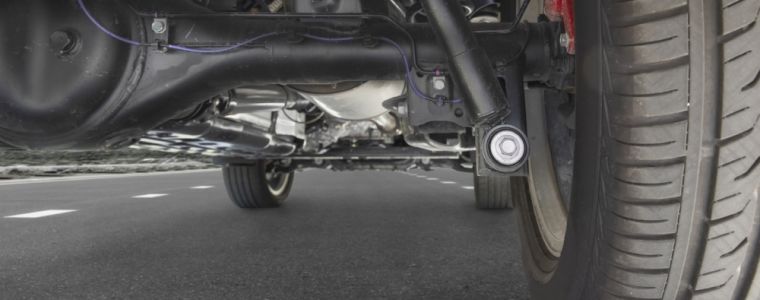
Automotive drive shafts are versatile components used in various types of vehicles and serve multiple purposes:
✓ Rear-Wheel Drive Vehicles: In rear-wheel drive vehicles, automotive drive shafts are critical components that transmit power from the engine, located in the front of the vehicle, to the rear wheels. This power transfer enables the vehicle to move forward and backward.
✓ Four-wheel drive (4WD) and All-Wheel Drive (AWD) Vehicles: Many 4WD and AWD vehicles employ multiple drive shafts to transfer power to all four wheels. In these systems, drive shafts engage both front and rear wheels, providing better traction and off-road capability.
✓ Trucks and Commercial Vehicles: Trucks and larger commercial vehicles often use drive shafts to deliver power to the rear wheels or multiple sets of wheels, depending on the vehicle’s configuration. These drive shafts are crucial for carrying heavy loads and ensuring efficient power distribution.
✓ Performance and Racing Vehicles: High-performance and racing cars often feature specialised automotive drive shafts designed to handle increased power and torque. Lightweight and durable materials are used to enhance performance on the track.
✓ Off-Road and Utility Vehicles: Off-road vehicles such as SUVs, dune buggies, and utility vehicles utilise automotive drive shafts to provide the necessary torque for traversing challenging terrain.
✓ Construction and Agricultural Equipment: Beyond automobiles, drive shafts are employed in heavy machinery, including construction and agricultural equipment. They facilitate the operation of equipment like tractors, combines, and excavators.
✓ Industrial Applications: Automotive drive shafts are also used in various industrial applications, such as conveyor systems and machinery that require rotational power transmission.
✓ Marine and Boating: In some marine applications, drive shafts play a role in powering boat engines and propellers, ensuring efficient navigation on the water.
Automotive drive shafts are integral components in a wide range of vehicles, from everyday cars and trucks to specialised off-road vehicles and heavy machinery. They enable power transmission, wheel engagement and torque distribution, contributing to the overall functionality and performance of these vehicles and equipment.
Heat Treatment and Machinability
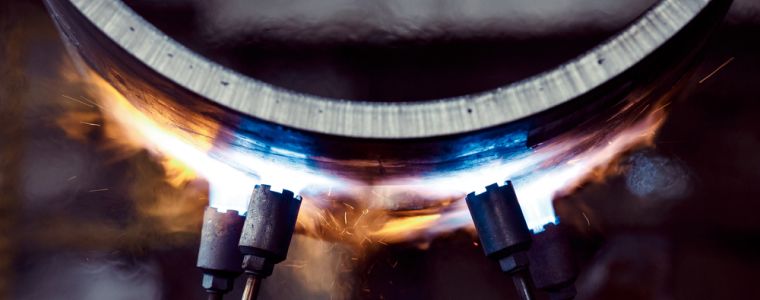
Heat treatment plays a pivotal role in the engineering and manufacturing of drive shafts, essential components that transmit power in machinery. This process is crucial for tailoring the mechanical properties of materials, such as strength and durability, to meet the rigorous demands of their applications.
Heat treatment alters the microstructure of metals by precisely controlling temperature and cooling rates, enhancing their performance characteristics. For drive shafts, materials typically undergo processes like annealing, quenching and tempering.
Annealing softens the metal, making it easier to work with, while quenching and tempering increase its hardness and toughness. These steps are vital in balancing strength and flexibility, ensuring that drive shafts can withstand high torque and rotational forces without failure.
We specialise in providing high-performance alloys that are designed for exceptional machinability and fabrication. This allows for more efficient manufacturing processes, including cutting, shaping, and welding, reducing production time and costs.
Our alloys are engineered to maintain their properties under extreme conditions, making them ideal for critical applications across various industries.
By enhancing machinability and ensuring the reliability of our materials through advanced heat treatment techniques, we contribute significantly to the production of high-quality, durable drive shafts that meet the exacting standards of today’s technology-driven world.
Alloy Selection
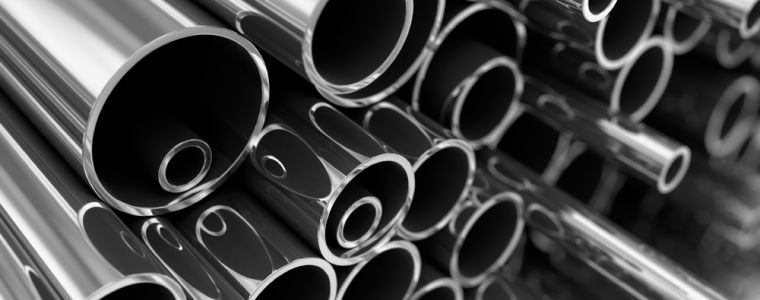
Different alloys are used in automotive drive shafts, each with unique characteristics and applications:
4340 Alloy Steel:
Characteristics: Offers ultra-high strength, good ductility, toughness and fatigue strength.
Use: Suitable for temperatures up to 315°C, providing a balance of strength and performance.
AerMet® 100 Alloy:
Characteristics: Provides exceptional strength, surpassing 4340 alloy steel, especially at higher temperatures (up to about 430°C).
Use: Ideal for applications where extreme strength is required at elevated temperatures.
300M/S155 Alloy:
Characteristics: Vacuum-melted steel with outstanding strength, particularly in the transverse direction, and good fatigue resistance.
Use: Well-suited for applications demanding high strength at lower temperatures.
Martensitic Stainless Steel Alloys (Alloy 13-8, Alloy 15-5, Alloy 17-4):
Characteristics: These alloys can be heat-treated at relatively low temperatures to achieve high strength.
Use:
Alloy 13-8: Offers good transverse properties due to tight chemical controls.
Alloy 15-5: Provides higher toughness compared to Alloy 17-4.
Alloy 17-4: Suitable for applications requiring a balance of strength and performance.
NeoNickel offers cut-to-size options for these alloys in various conditions:
300M/S155 and 4340 alloy steel in the normalised and tempered (softened) condition for improved machinability and ease of fabrication before final heat treatment.
Alloy 13-8, Alloy 15-5, and Alloy 17-4 in the solution annealed condition, making them easier to work with and machine.
These alloys are selected based on specific temperature requirements, strength characteristics, and the demands of automotive drive shaft applications. For more information, contact us.
Shutter stock image ID: 512270278
————————————————————————————————————————————–
AerMet® is a registered trademark of CRS Holdings, Inc., a subsidiary of Carpenter Technology Corporation.
FAQs
What are the three types of drive shafts?
In automotive engineering, three main types of drive shafts are essential for power transmission from the engine to the wheels:
1. One-Piece Drive Shaft: Ideal for passenger cars and light trucks with shorter wheelbases, offering simplicity and reduced vibration. Its single, solid construction is efficient but best suited to shorter distances due to limits on length from torsional vibration.
2. Two-Piece Drive Shaft: Used in longer vehicles like full-sized trucks and SUVs. This design features two shafts connected by a centre support bearing, reducing vibration over longer distances and accommodating longer wheelbases with enhanced flexibility.
3. Slip-in-Tube Drive Shaft: A safety-oriented design that telescopes to absorb energy in a collision, minimising injury risk. This advanced type is lighter and designed for energy absorption, offering safety benefits in addition to its functional role in power transmission.
Each type is designed to meet specific vehicle needs, balancing efficiency, flexibility, and safety across different vehicle sizes and designs.
How much does it cost to replace a drive shaft UK?
The cost of replacing a drive shaft in the UK can vary widely based on several factors, including the make and model of the vehicle, the type of drive shaft required, and the labour rates of the garage or mechanic performing the work.
For standard passenger cars and smaller vehicles, the lower end of the cost spectrum is more typical.
It’s advisable to get multiple quotes from different service providers to find the best deal and ensure that the replacement drive shaft is of good quality and compatible with your vehicle. Remember, the cheapest option isn’t always the best when it comes to critical components like drive shafts, as they play a crucial role in the safety and performance of your vehicle.
What is the function of a drive shaft?
The drive shaft is a key vehicle component, transmitting engine power to the wheels to enable movement. It adjusts to suspension movement, absorbs vibrations for a smooth ride, maintains drivetrain alignment for efficient power transfer, and supports different vehicle drive configurations (front-wheel, rear-wheel, all-wheel, and four-wheel drive).
Made from materials like steel, aluminium, or carbon fibre to handle high torque and stress, drive shafts are essential for vehicle propulsion, comfort, and component longevity.
